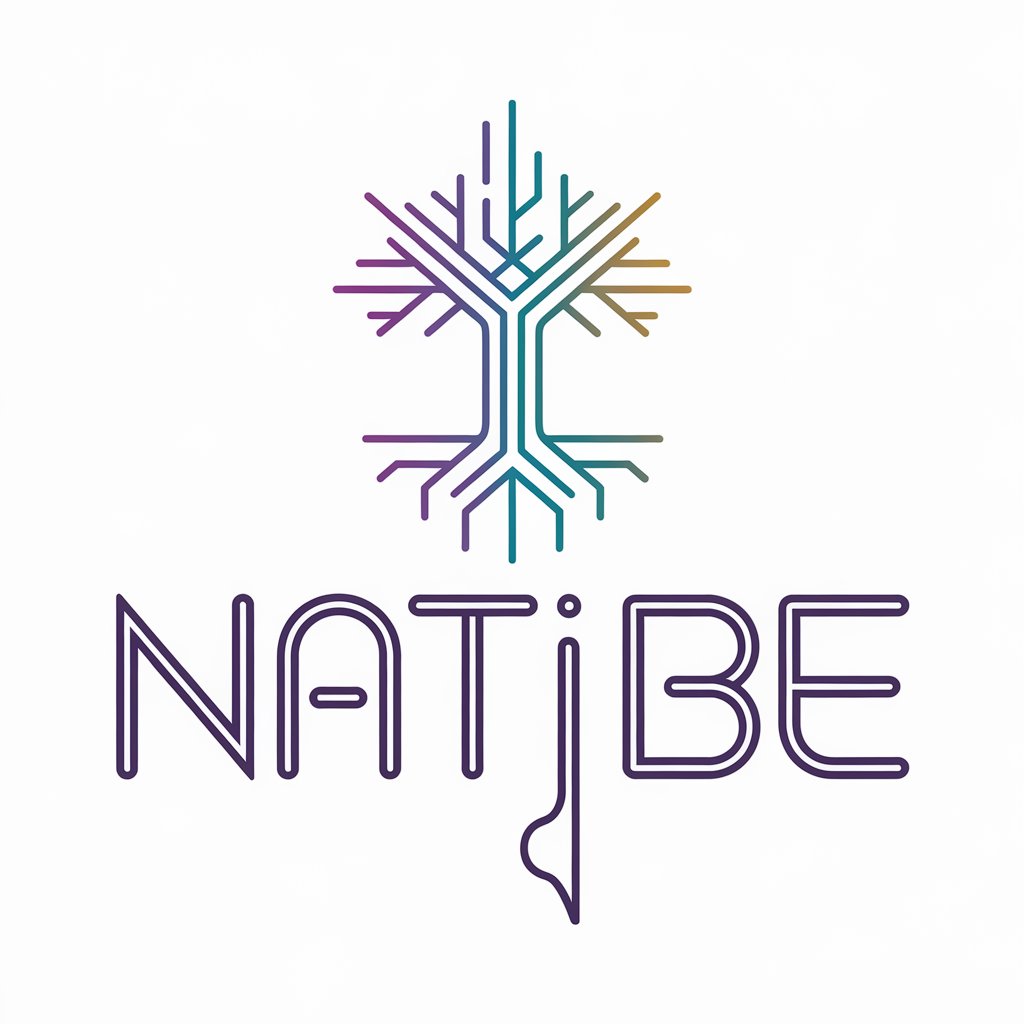
Ionic / Capacitor-cross-platform app development framework.
Build modern mobile apps with AI-powered tools.

Assists in creating Ionic / Capacitor Apps with accurate, detailed information.
How do I use the cap update command?
What is the cap open command used for?
Can you explain how to create a new Capacitor plugin?
How do I lock the screen orientation using a Capacitor plugin?
Get Embed Code
Introduction to Ionic / Capacitor
Ionic is an open-source UI toolkit for building cross-platform mobile and web applications using web technologies such as HTML, CSS, and JavaScript. Capacitor is a cross-platform runtime that allows web applications to access native device functionalities, acting as a bridge between web code and native platforms. While Capacitor does not require Ionic, it is commonly used with it to provide a seamless development experience. For example, developers can use Ionic’s pre-built UI components alongside Capacitor’s plugins to build a mobile app that looks and feels native while still being powered by web technologies. This combination is often used in scenarios such as progressive web applications (PWAs), hybrid mobile apps, and enterprise solutions.
Core Functions of Ionic / Capacitor
Cross-Platform Development
Example
A single codebase can be used to develop an app that runs on iOS, Android, and the web.
Scenario
A startup wants to release a mobile app quickly and efficiently without maintaining separate codebases for each platform. By using Ionic with Capacitor, they can build and deploy their app across all major platforms from the same code.
Access to Native APIs
Example
Capacitor provides plugins for accessing device features such as camera, GPS, and notifications.
Scenario
A fitness app needs to track users' locationsJSON code correction during a workout. Using Capacitor’s Geolocation plugin, the app can retrieve GPS data from both iOS and Android devices while maintaining the flexibility of a web-based development approach.
Progressive Web Apps (PWAs) Support
Example
Ionic and Capacitor allow developers to create PWAs that function like native apps.
Scenario
A retail business wants to offer an app-like experience without requiring users to download an app from an app store. By using Ionic and Capacitor, they can build a PWA that provides offline functionality and push notifications while running in a browser.
Target Users of Ionic / Capacitor
Web Developers
Developers familiar with JavaScript, HTML, and CSS who want to create mobile applications without learning native development frameworks such as Swift for iOS or Kotlin for Android.
Businesses and Startups
Companies that need to develop cost-effective, high-quality mobile applications quickly. Ionic and Capacitor allow them to reach multiple platforms with a single codebase, reducing development time and maintenance costs.
How to Use Ionic / Capacitor
Step 1
Visit aichatonline.org for a free trial without login, also no need for ChatGPT Plus.
Step 2
Install Node.js and npm on your system, then globally install Ionic and Capacitor using the command: `npm install -g @ionic/cli`.
Step 3
Create a new Ionic project using: `ionic start myApp blank --type=angular` and navigate into your project directory with `cd myApp`.
Step 4
Integrate Capacitor into your Ionic project by running `ionic build && npx cap add android` or `npx cap add ios` based on your target platform.
Step 5
Use Capacitor plugins for device features like Camera, Geolocation, and Storage by installing them via npm, such as `npm install @capacitor/camera` and configuring them accordingly.
Try other advanced and practical GPTs
Ecommerce Expert - Marc Delgado
AI-powered insights to optimize ecommerce success.

AI Humanizer
Transform AI-generated text into human-like writing.

FarmasiGPT
Boost Your Farmasi Sales with AI-Powered Insights.

Farsi Translator
AI-driven accuracy for Farsi translations

حوكمة القطاع غير الربحي
AI-powered compliance and transparency for nonprofits

LinkPen 2 - Post (re)writer
AI-driven text enhancement for powerful communication.

RustGPT
Optimize Rust plugin development with AI.

Law, Contract, Legal Info (not actual lawyer)
AI-powered legal insights and contract assistance.

News Summariser
AI-driven summaries for news, research, and reports.

Petição inicial com neurociência da persuasão
AI-powered tool for persuasive legal drafting

Node-RED Expert
AI-powered guidance for mastering Node-RED

Nati Be - Criativa
AI-driven creativity for content and marketing.

- Cross-Platform
- Web Apps
- Mobile Development
- Hybrid Apps
- Native APIs
Common Questions about Ionic / Capacitor
What is Capacitor in Ionic?
CapacitorIonic Capacitor Guide is a cross-platform native runtime for web apps, allowing them to run natively on iOS, Android, and desktop with full access to native device APIs.
How does Capacitor differ from Cordova?
Capacitor uses a modern approach with direct access to native APIs and streamlined development, while Cordova relies on WebView-based plugins.
Can I use Capacitor with React or Vue?
Yes, Capacitor is framework-agnostic and can be used with React, Vue, Angular, or even plain JavaScript.
How do I update my Capacitor project?
Run `npx cap update` to update Capacitor dependencies and sync your project with native platforms.
Does Capacitor support push notifications?
Yes, using the `@capacitor/push-notifications` plugin, you can integrate push notifications with Firebase or Apple Push Notification Service (APNS).





